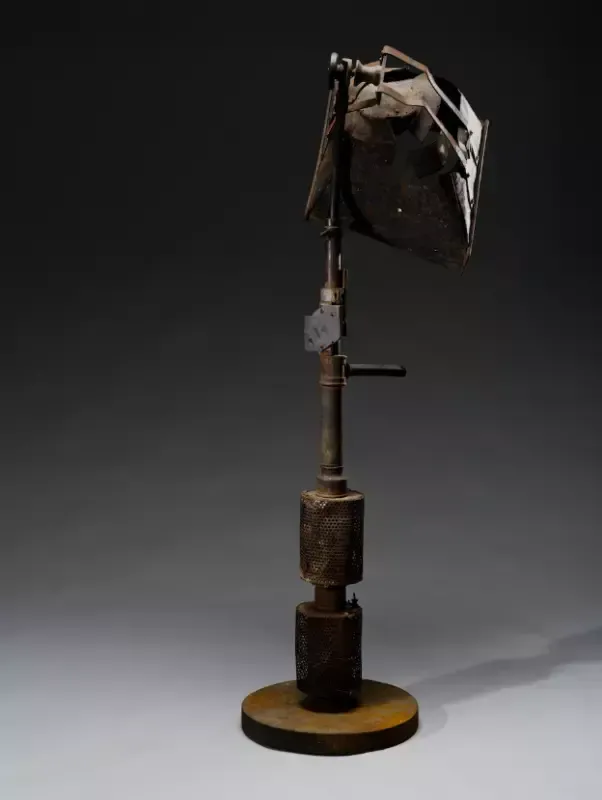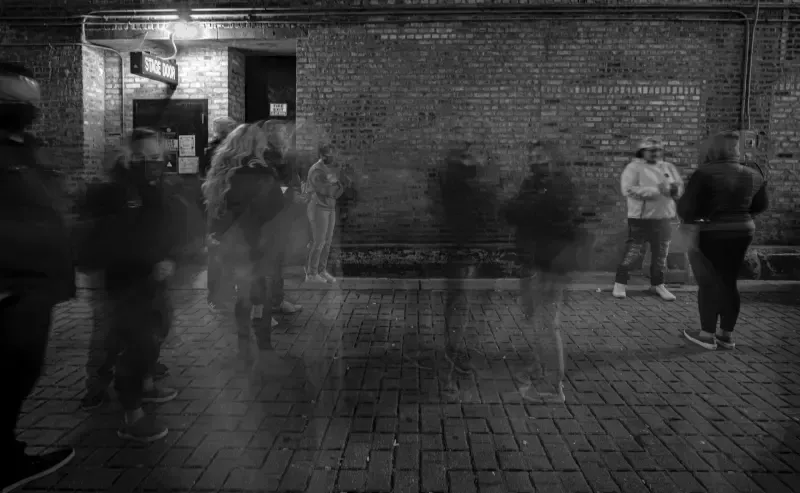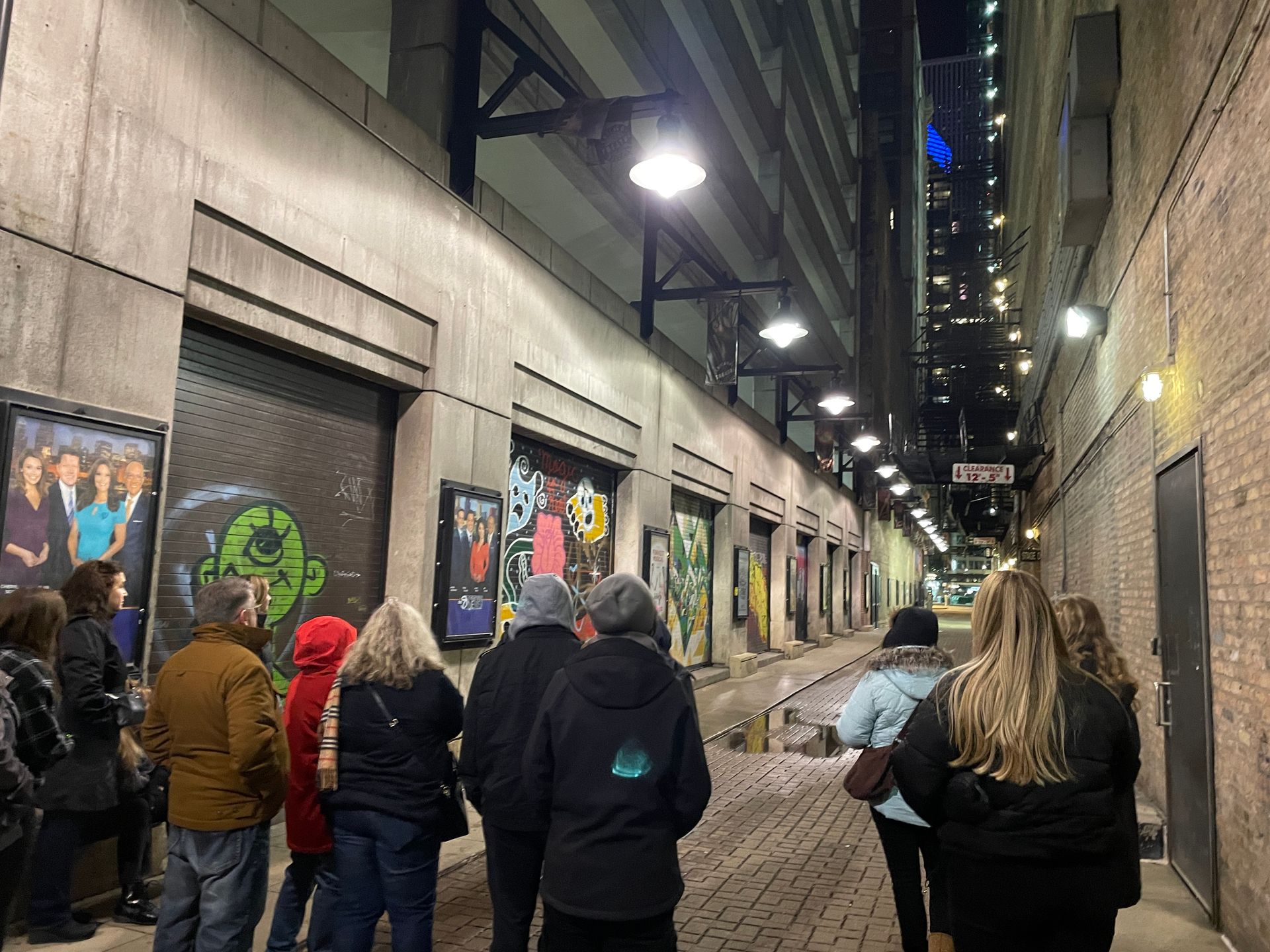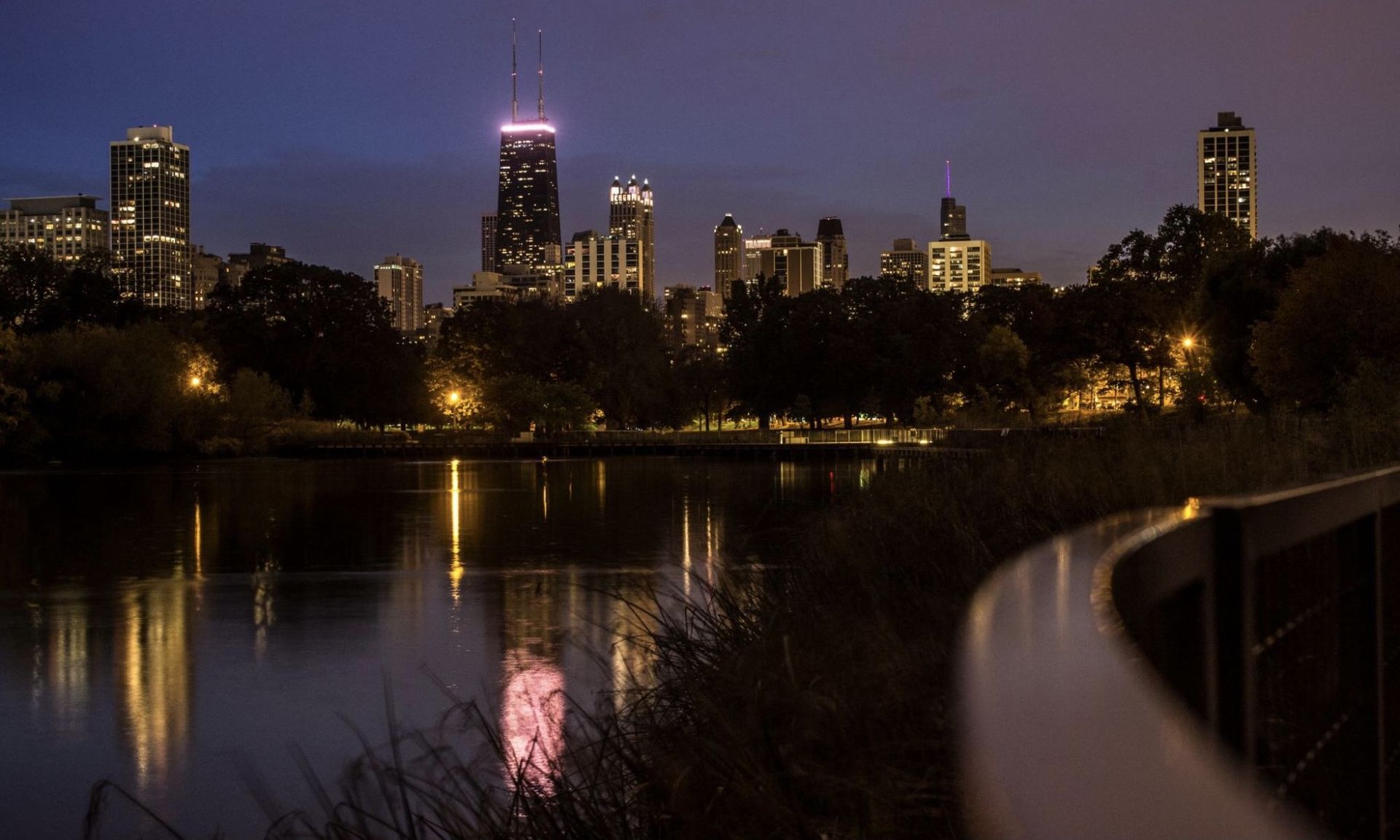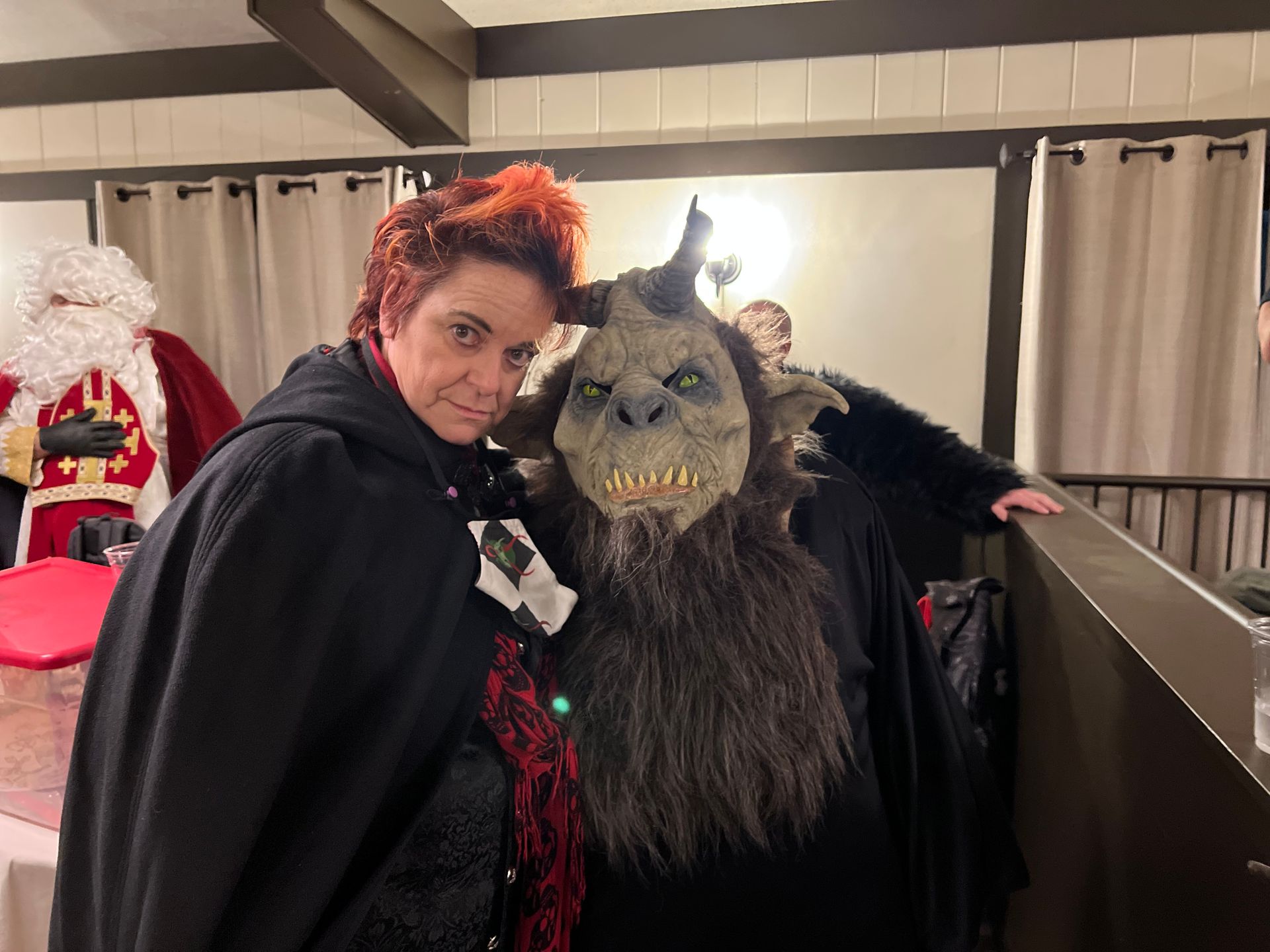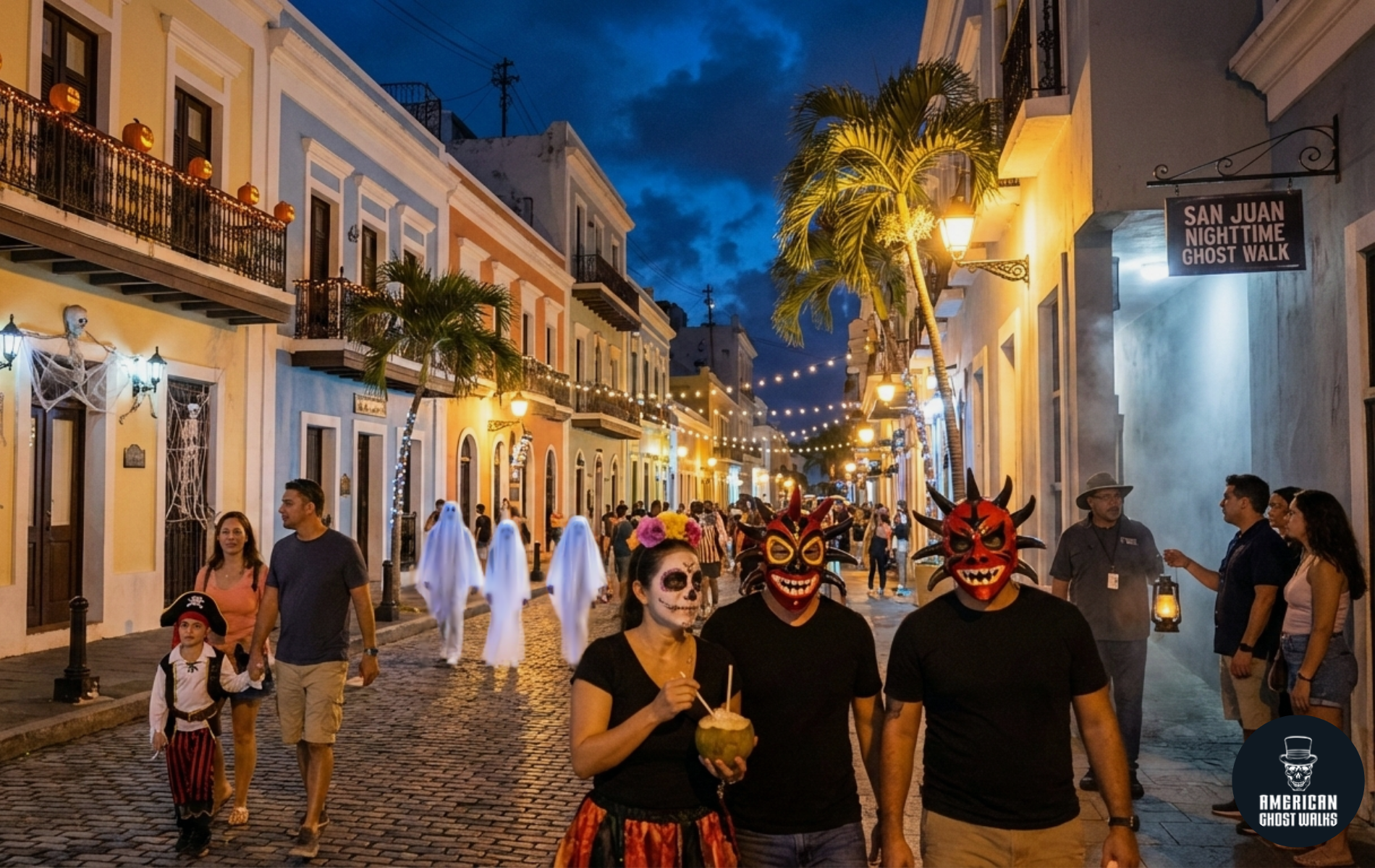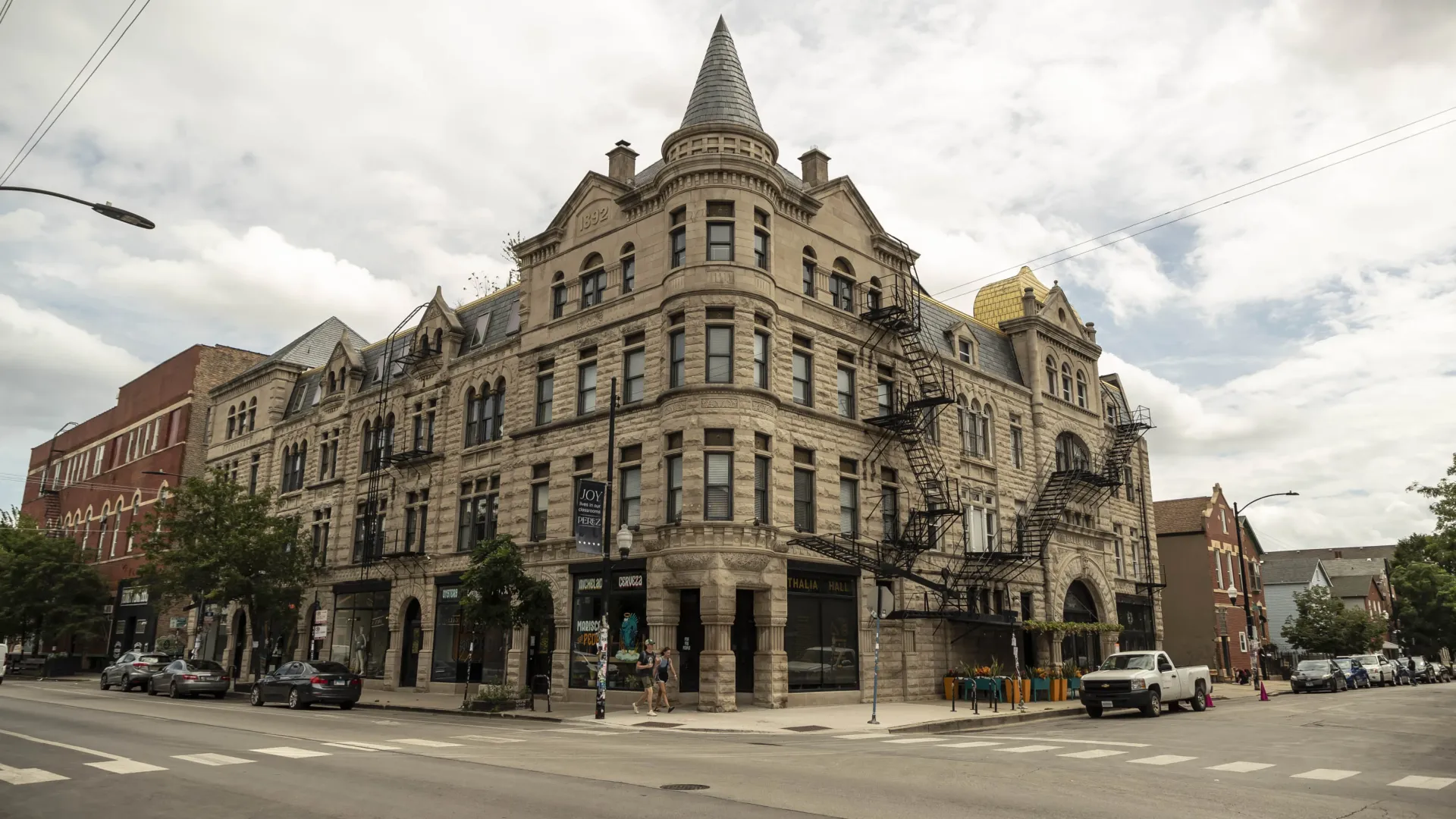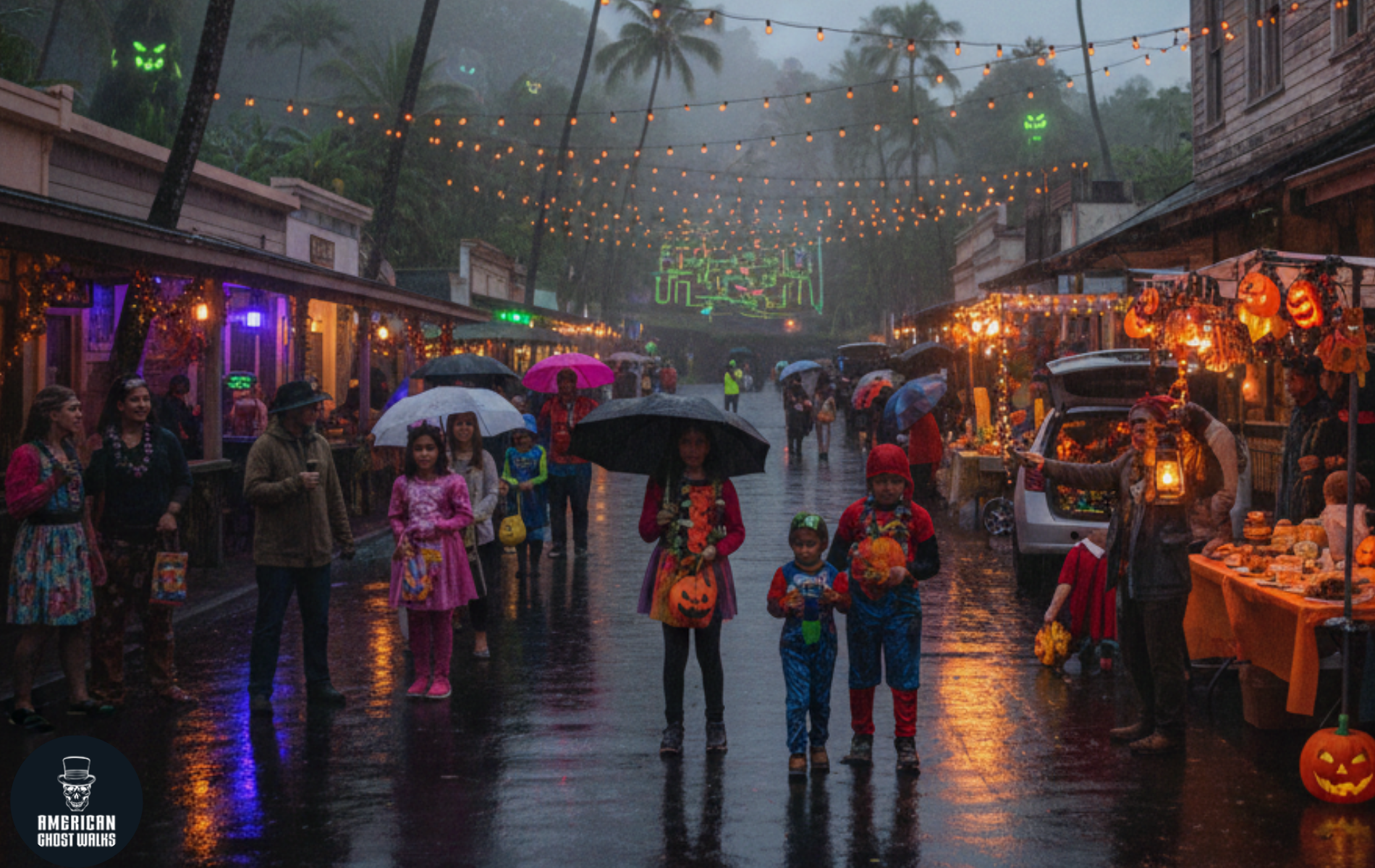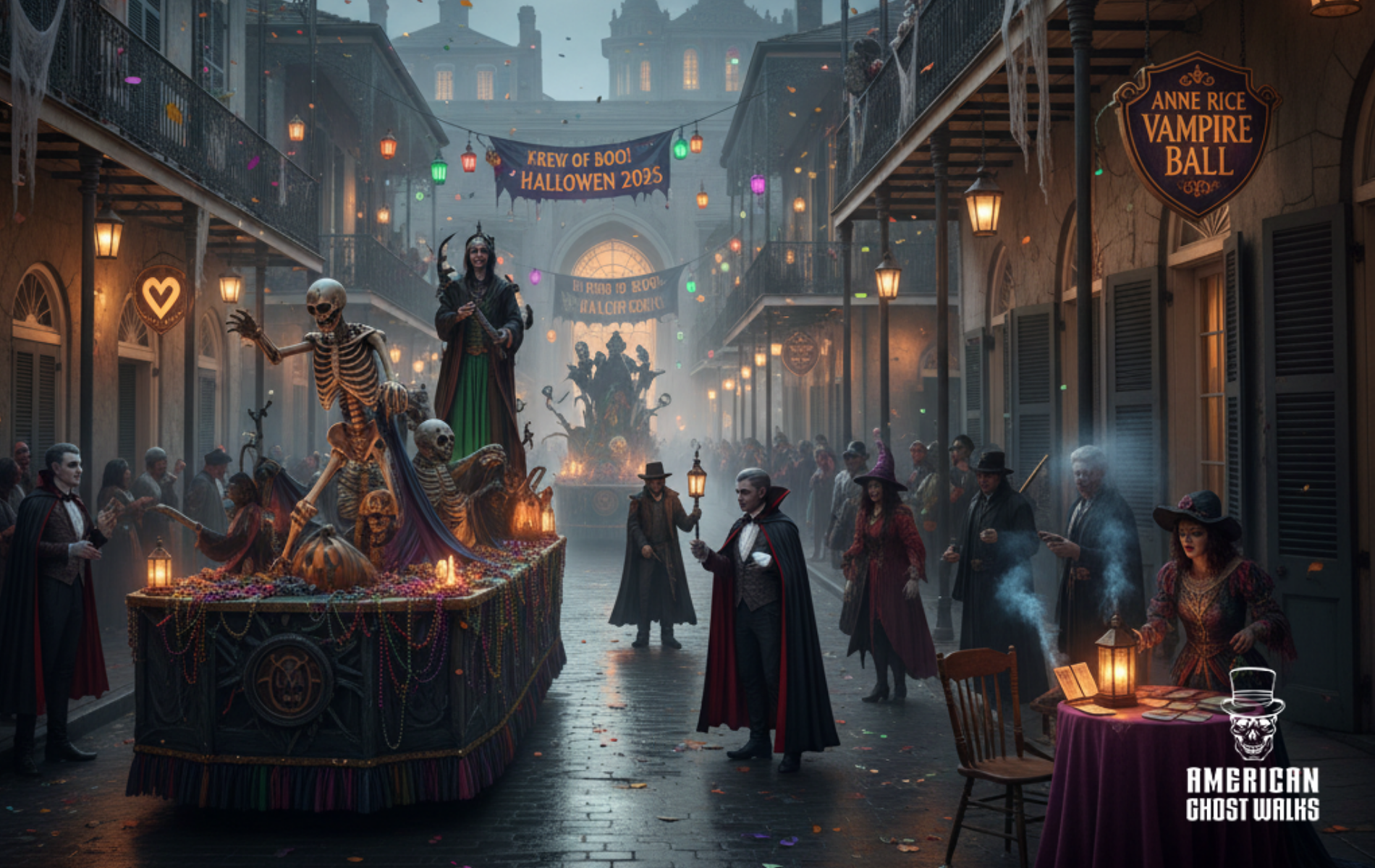The 1903 Iroquois Theater Fire in Chicago: Death Alley and Its Haunted Past
On December 30, 1903, Chicago witnessed the deadliest theater fire in U.S. history. The Iroquois Theater Fire Chicago 1903 claimed more than 600 lives during a matinee performance, forever branding the building and its back alley with tragedy. Today, the site of the Iroquois Theater Chicago is better known as Death Alley, one of the most haunted places in the city and a key stop on our Chicago Ghost Tours.
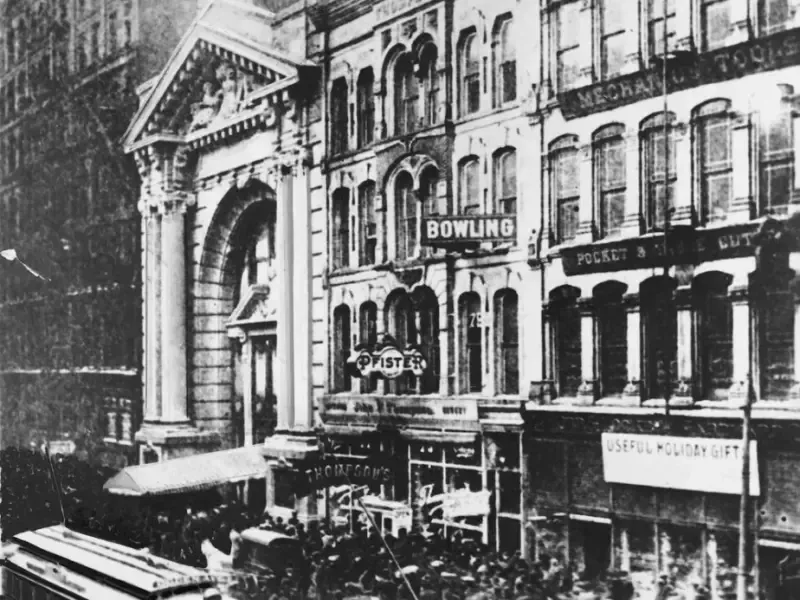
The Iroquois Theater: Chicago’s “Fireproof” Palace
When the Iroquois Theatre Chicago IL opened in November 1903, it was celebrated as a marvel of architecture. Built to be a safe, “absolutely fireproof” playhouse, it rivaled the grandeur of Broadway. The Iroquois Theater boasted velvet curtains, polished wood, and sparkling lights—but safety shortcuts lurked behind the glamour.
At the time, Chicago was still rebuilding its reputation after the Chicago Fire disaster of 1871. Citizens wanted a cultural escape, and the Iroquois Theater Chicago delivered—until its promise of safety went up in flames.
December 30, 1903: The Fire Breaks Out
During a holiday performance of Mr. Bluebeard, an electrical fault sparked flames in the stage rigging. The so-called Kilfyre extinguishers on hand were no match for the growing blaze.
Within minutes, smoke and fire spread across the packed auditorium. Many victims were trapped by locked exits and poorly designed fire escapes, leading to chaos and horror inside the “fireproof” palace.
Witnesses later recalled the unimaginable panic—a true theater tragedy in every sense.
Panic, Tragedy, and Aftermath
That afternoon, hundreds perished—men, women, and children who came for a holiday show but never returned home. The official death toll made the Iroquois Theater Fire of 1903 the deadliest theater fire in Chicago and one of the worst Chicago fire incidents ever recorded.
Standing here today, you might wonder: how many years has it been since 1903? Over 120 years later, the scars of that day still echo.
The haunting images—archival Iroquois Theater Fire photos—show the devastation that forced the nation to rethink theater safety. Exit doors, fireproof curtains, and emergency lighting standards all trace back to the reforms that followed this disaster.
Death Alley: Chicago’s Haunted Landmark
Behind the theater, bodies were laid in neat rows along a narrow passage now infamous as Death Alley Chicago—also called the Alley of Death Chicago. Locals claim the spirits of victims never left.
Visitors report cold spots, whispers, and even ghostly apparitions near this stretch of pavement. For paranormal enthusiasts, the Iroquois Theater today remains one of Chicago’s most chilling historic landmarks.
It’s no surprise that Death Alley has become a highlight of our Chicago Ghost Tours, where true crime, tragedy, and restless spirits intersect.
Legacy of the Iroquois Theater Fire
The Chicago Iroquois Theater Fire changed building codes nationwide. Architects and lawmakers finally understood that beauty without safety was a recipe for disaster.
Still, the echoes of the Iroquois fire remain. While no flames burn in downtown Chicago today, the memory of the 1903 Iroquois Theater Fire lingers—and some believe the ghosts do too.
Living and Breathing Ghost Tours
While it is one thing to read stories in a book, magazine, or blog, it is more powerful when these stories are lived. The impact stays with you. Experiencing these sites on a walking, living, breathing tour reinforces the story. Even though the facts of the story remain relatively unchanged, new information is continually uncovered. Furthermore, experiences from these sites and the hauntings that occur serve to grow and evolve the tour, as evidenced by the humble beginnings of the first and original Chicago Hauntings Tour.
Chicago has a rich history that often brushes with tragedy. These tragedies are the source of many paranormal activities. In addition to the tragedies, there are times when even more sinister and evil hands are at play. The history of rapid growth and expansion at times comes with a very dark side. The dark history of Chicago brought forth actors ranging from H.H. Holmes to the Iroquois Theater Fire. Come explore this history with us.
Dive deeper into the mysterious world of hauntings with our curated collection of paranormal investigations and ghostly encounters. Read more stories like this in “Ghosts of Lincoln Park: A Chicago Hauntings Companion” by Ursula Bielski, a book of downtown Chicago ghost stories written by our own American Ghost Walks team. Click here for more.
Dive deeper into the mysterious world of hauntings with our curated collection of paranormal investigations and ghostly encounters. Read more stories like this in “The Original Chicago Hauntings Companion” by Ursula Bielski, a book of Chicago ghost stories written by our own American Ghost Walks team. Click here for more.
Are you fascinated by the supernatural and craving more spine-tingling tales? Whether you're a skeptic seeking evidence or a believer looking for your next supernatural fix, "American Ghost Books" offers everything from historical haunted locations to firsthand accounts of paranormal experiences. Each book has been carefully selected to provide authentic, well-researched stories that will keep you turning pages well into the night. Don't let your curiosity about the supernatural remain unsatisfied—explore our collection and find your next ghostly adventure today!
Check out our Chicago ghost tour reviews on Google to see why this tour is a must-experience.

